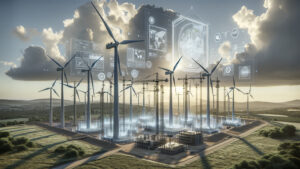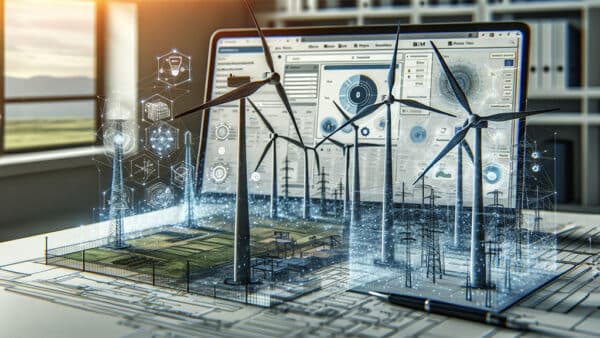Introduction to BIM technology: What Is It?
Building Information Modeling (BIM) integrates physical and functional characteristics of building projects into digital models, offering a comprehensive view of structures under various conditions.
BIM: Revolutionizing Wind Farm Design
The adoption of BIM in the wind farm sector enables designers and engineers to create detailed digital replicas of turbines and farms, optimizing processes before construction of wind farm begins.
Project Optimization Through BIM
BIM allows for detailed analysis at the design stage, identifying the most efficient solutions in terms of energy efficiency, safety, and environmental impact.
Cost and Time Reduction
BIM goes beyond 3D modeling, reducing costs and timelines by detecting potential issues early, avoiding many construction errors.
Sustainable Development and BIM
BIM is crucial in designing sustainable wind farms, enabling precise planning of material and energy use for higher efficiency and minimal environmental impact.
 BIM and the Future of Wind Farms
BIM and the Future of Wind Farms
BIM ensures meticulous planning and optimization in wind farm construction, leading to more efficient, economical, and eco-friendly projects.
Conclusion: BIM technology Is the Future
BIM is not just future technology but is already revolutionizing wind farm design, creating more efficient, cost-effective, and eco-friendly renewable energy sources.
Development of Renewable Energy Projects | Electrum Ventures

